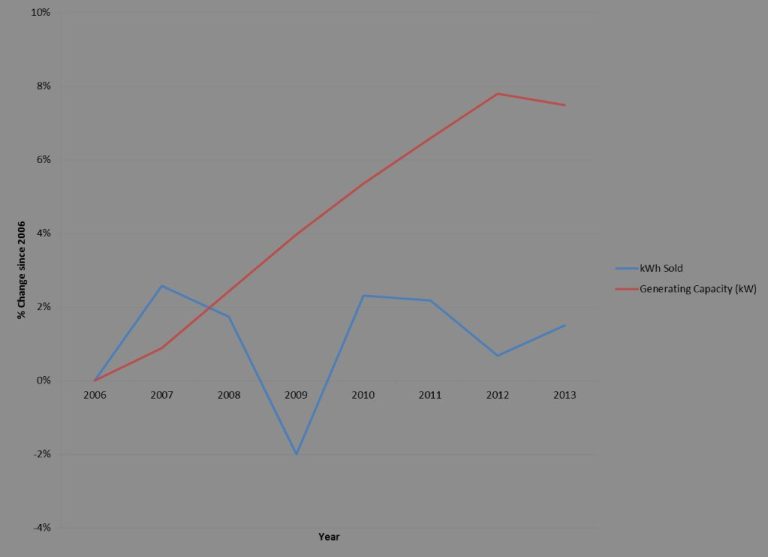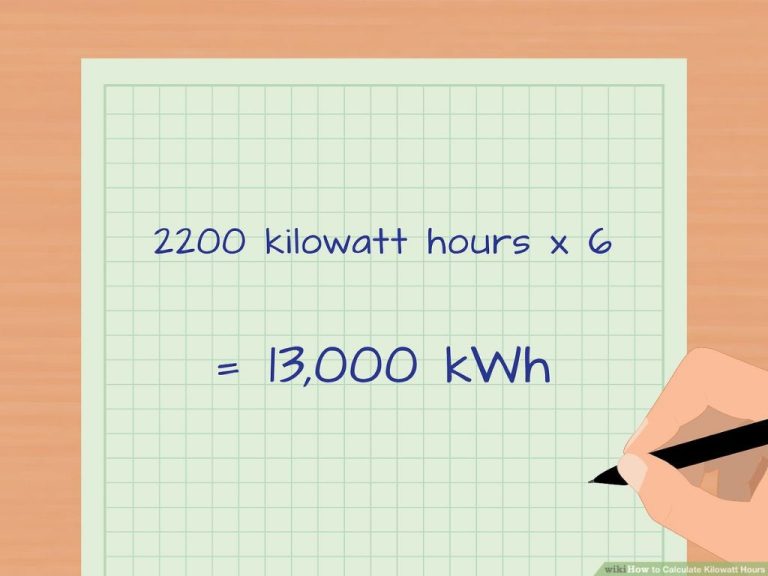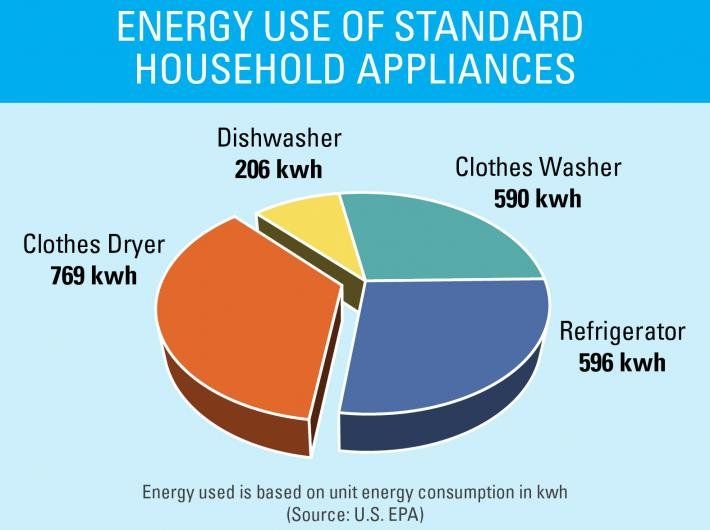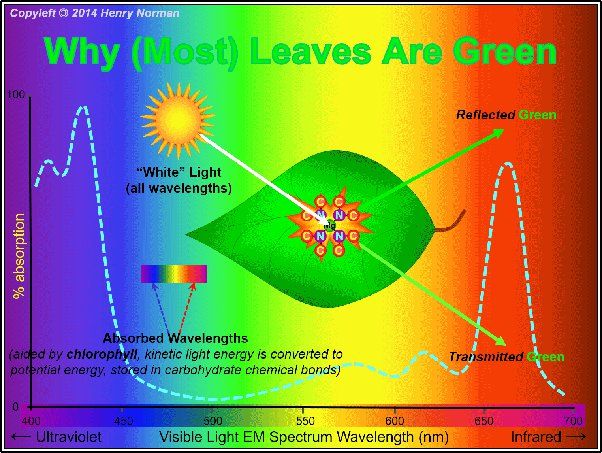How Does Current Travel Along A Wire?
Electric current is the flow of electric charge carriers, such as electrons, through a medium like a wire. It is measured in amperes (A) and occurs when there is an electric potential difference between two points in a circuit, causing electrons to move from the negative to the positive terminal. This potential difference, also called voltage, provides the “push” for electrons to move.
In order for current to flow, the medium must allow the movement of electric charges. Materials like copper that allow the motion of charges are called electrical conductors. Insulators like glass or rubber do not easily allow the motion of charges. Current flows easily through conducting wires, enabling the operation of electrical devices and transmission of power.
This article will provide an overview of how electric current travels along metal wires in circuits. We’ll look at the factors that affect current flow, including voltage, resistance, and connections. Understanding the basics of current flow is key to designing, building, and analyzing electrical circuits.
Electric Potential Difference
Electric potential difference, also known as voltage, is the force that drives the flow of electric current in a circuit. It refers to the difference in electric potential energy between two points in a circuit. Voltage is measured in volts and is generated by power sources such as batteries, generators, or solar cells.
Voltage arises from the separation of positive and negative charges. In batteries, chemical reactions generate an excess of electrons at the negative terminal and a shortage at the positive terminal, creating an electric field. The greater the separation of charges, the higher the voltage or electric potential difference between the terminals.
Voltage is the “push” that moves electrons through a conductor. The higher the voltage, the greater the push and the stronger the current that flows. Essentially, voltage provides the energy needed for charges to do work, such as powering appliances. Without an electric potential difference, charges would not flow and electric circuits would not work.
The relationship between voltage and current is that for a given resistance, higher voltage leads to higher current. Doubling the voltage through a fixed resistance will double the current. However, current also depends on resistance according to Ohm’s law. So voltage alone does not solely determine current, it is the voltage across a given resistance that dictates the current flow.
Conductors and Insulators
Conductors are materials that allow electrons to flow freely. Metals like copper and aluminum are good electrical conductors. Their atomic structure enables electrons to move through the entire material. When voltage is applied to a conductor, electrons can travel through it, allowing electric current to flow.
Insulators are materials where electrons cannot flow freely. Examples include glass, plastic, and rubber. Their molecular structure does not have free electrons that can move to facilitate electrical flow. When voltage is applied, insulators block the current and do not allow electricity to pass.
This difference in atomic structure is what makes conductors effective for wiring and insulators effective for coating wires. Conductors permit the movement of electricity, while insulators resist the flow of electric current. Understanding these properties allows us to control the path of electrical current in a circuit.
Drift Velocity
When voltage is applied to a conductor, it creates an electric field within the conductor that accelerates the free electrons, giving them some drift velocity. However, this drift velocity is extremely slow, on the order of millimeters per second or less.
Even though the drift velocity is slow, the current still flows quickly along the wire because the electric field instantly impacts all the free electrons within the conductor. When an electron starts moving in response to the electric field, it collides with stationary atoms of the conductor, transferring some energy to them. This in turn frees new electrons which start accelerating, colliding with more atoms, and so on. So while the drift velocity of an individual electron is slow, the rate at which the energy is transferred is extremely fast, which enables the current to flow quickly even though electron drift is slow.
The drift velocity is proportional to the strength of the electric field in the conductor. A stronger electric field will accelerate the electrons more rapidly between collisions, increasing their drift velocity. The drift velocity is also inversely proportional to the density of the conductor. A more dense conductor has more atoms for the electrons to collide with, slowing down their drift velocity.
Resistance
Electrical resistance is a measure of how difficult it is for current to flow through a material. It is the property of materials that resist the flow of electric current. Resistance occurs when electrons collide with atoms and impurities in a material. Resistance is measured in units called ohms.
Resistance affects current flow according to Ohm’s law. Higher resistance results in less current flow for the same voltage. Lower resistance allows more current to flow for the same voltage. Resistance limits and regulates the flow of current in a circuit. The relationship between voltage, current, and resistance is defined by Ohm’s law:
Voltage = Current x Resistance
or
V = I x R
Where V is voltage measured in volts, I is current measured in amperes, and R is resistance measured in ohms. This shows that for a given voltage, increasing the resistance reduces the current flow, while decreasing the resistance increases the current flow.
Ohm’s Law
Ohm’s law describes the relationship between voltage, current, and resistance in electrical circuits. It was first formulated by German physicist Georg Ohm in 1827.
Ohm’s law is stated as:
V = IR
Where:
- V is the voltage across a conductor (measured in volts)
- I is the current through the conductor (measured in amperes)
- R is the resistance of the conductor (measured in ohms)
So in plain English, Ohm’s law states that the current that flows through a conductor is directly proportional to the voltage applied, and inversely proportional to the resistance of the conductor.
For example, if you increase the voltage across a fixed resistor, the current will increase proportionally. Likewise, if you increase the resistance in a circuit with a fixed voltage, the current will decrease.
Ohm’s law is a very important relationship in electrical engineering and physics. It allows us to easily calculate any one quantity given values for the other two. It also helps explain why materials with lower resistance allow more current to flow.
Factors Affecting Resistance
The resistance of a wire depends on several factors. These include:
Wire Material
The material a wire is made of affects its resistance. Different materials have different resistivities, which is a measure of their intrinsic resistance. For example, silver has very low resistivity and makes good conductors, while rubber has very high resistivity and acts as an insulator. Metals like copper and aluminum are commonly used for wires because of their low resistivity.
Wire Length
Longer wires have higher resistance than shorter wires of the same material and diameter. This is because they have more material for electrons to pass through, causing more collisions and resistance to flow. Doubling the length of a wire normally doubles its resistance, all other factors being equal.
Wire Diameter
Thicker wires have less resistance than thinner wires of the same material and length. This is because a thicker wire has a larger cross sectional area for electrons to flow through, so there are less collisions. Resistance is inversely proportional to the cross sectional area of a wire.
By selecting materials, lengths, and thicknesses appropriately, wires can be designed with the desired resistance for a given application.
Circuit Connections
There are two main types of circuit connections – series and parallel. In a series circuit, there is only one path for current to flow through all the components. The current remains the same through each component. Voltage divides across each component according to their resistance, following Ohm’s law (V=IR). The total resistance in a series circuit is simply the sum of all individual resistances.
In a parallel circuit, the components are arranged with separate paths for current to flow through. The current splits between the paths depending on the resistance. Components with lower resistance allow more current to flow. The voltage is the same across each parallel branch. The total resistance in a parallel circuit is found by the reciprocal of the sum of the reciprocals of each resistance. This results in a smaller total resistance than a comparable series circuit.
In summary, series circuits have a single path so current is constant but voltage divides. Parallel circuits have multiple paths so current divides but voltage is constant across each branch. Real-world circuits often contain a combination of series and parallel connections. Understanding these basic principles allows calculation of current, voltage, and resistance values in any complex circuit configuration.
Applications
Current flow principles apply to many real-world applications involving wires and cables. For example, in home electrical wiring, copper wires carry current from the electrical panel to power lights, appliances, and electronics throughout the house. Thicker gauge wires are used for high power devices like electric stoves and dryers, while thinner wires suffice for lower power lighting circuits.
Inside electronic devices, printed circuit boards use copper traces to route current between components. Sensitive circuitry may need shielding to prevent electromagnetic interference from nearby wires. High speed applications require controlled impedance tracing to match the impedance of the transmission line.
On a larger scale, utility companies use thick cables of bundled copper wires to distribute electricity. Aluminum wires may be used for overhead distribution lines. Superconducting materials can carry hundreds of times more current than copper without resistance, and are used in applications like MRI machines and particle accelerators.
Regardless of the scale, the same principles of current flow apply. Careful engineering goes into selecting appropriate conductors, insulating materials, circuit protection devices, and wiring methods to safely and reliably carry current to its needed destinations.
Conclusion
In summary, current travels along a wire due to an electric potential difference or voltage. This causes negatively charged electrons in the wire’s metal atoms to drift towards the positive terminal. The speed at which electrons flow is called drift velocity and is proportional to the current. Resistance impedes the flow of electrons, following Ohm’s law which states that current is equal to voltage divided by resistance. Factors like temperature, length, and cross-sectional area can affect a material’s resistance. Current flows in a loop through closed circuit connections and is utilized in many electrical devices and applications. Understanding how current travels along wires allows us to harness electricity for human needs.






